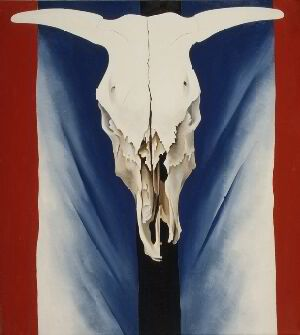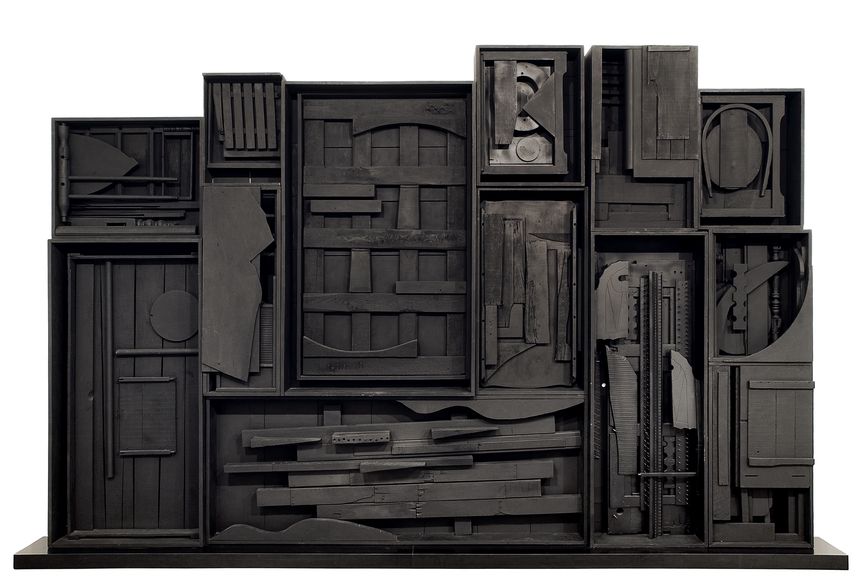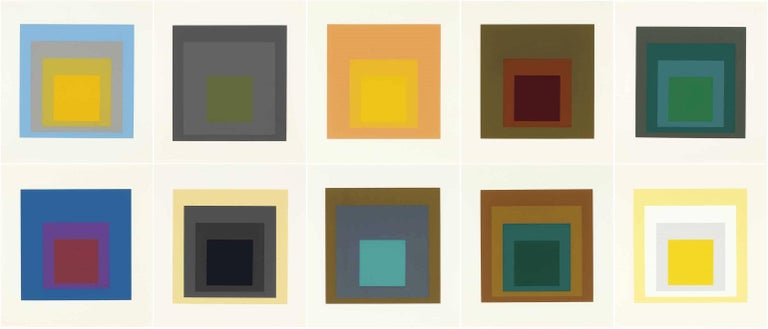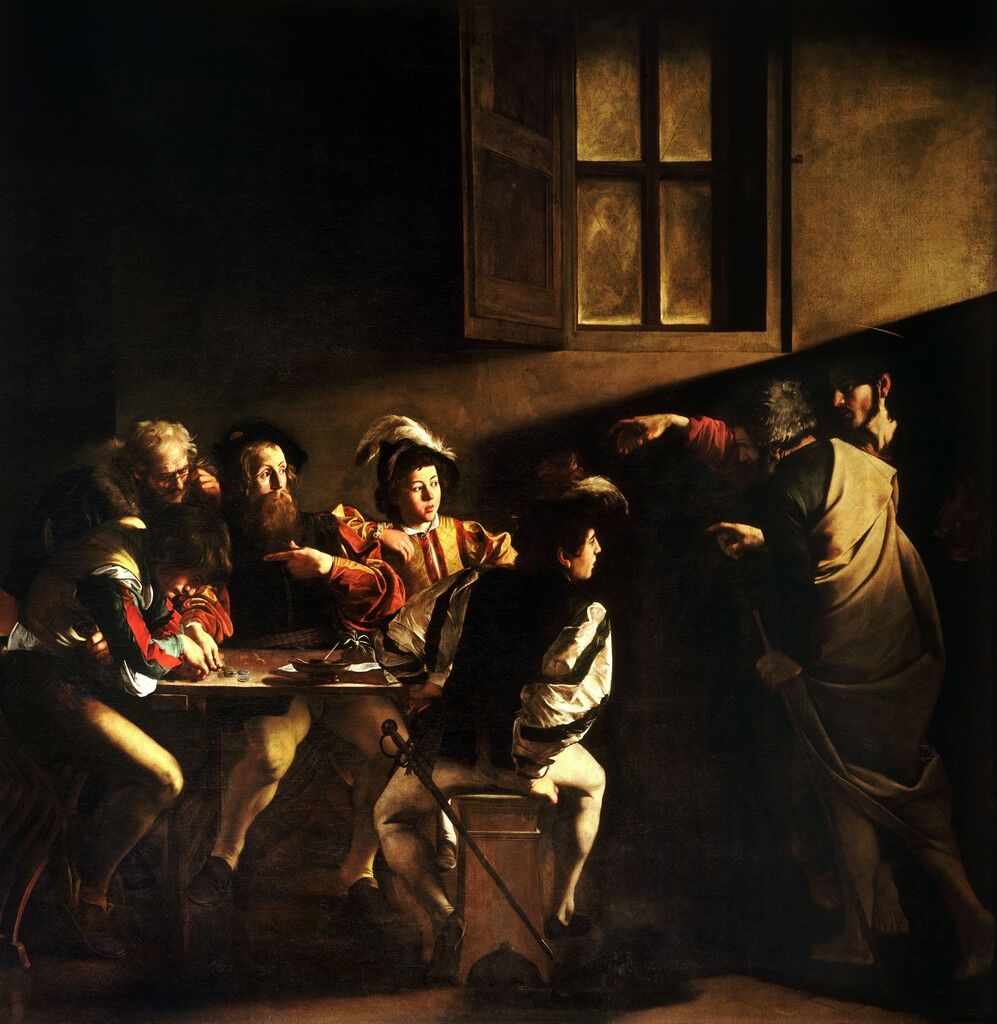A flat, enclosed area of an artwork created through lines
Shape
The principle that states using elements to create a work that is VISUALLY STABLE 
Balance
This artist's fierce self-portraits featuring her iconic bold unibrow and mustache were once described by André Breton, the founder of Surrealism, as "ribbons around a bomb."
Frida Kahlo
Donatello, Michelangelo, da Vinci, and Raphael
The Italian Renaissance
A painting method in which the paints are made of pigments suspended in a water-based solution and maintain a traditionally transparent result.
Watercolors
Monochromatic paintings emphasize color and this element of art.
Value
The principle of art used to create the impression of action in a work of art
Movement
Known for her use of tight cropping, rich colors, and floral subject matter, she wanted to known as "one of the best painters, not just female painter"
Monet, Renoir, Degas, Matisse
The opaque white material used to prime a painting surface such as a canvas or wood board.
Gesso
A three-dimensional composition or object within a three-dimensional composition
The systematic arrangement of a repeated shapes or forms creates pattern.
Repetition or Pattern
One of three female artists and the only American officially associated with Impressionism.
Mary Cassat
Van Gogh, Gauguin, Seurat, Munch
Post-Impressionism
Louise Nevelson creates these kinds of works consisting of three-dimensional elements projecting out of or from the substrate and paints them one, flat color. 
Assemblage
Josef Albers studies relationships of this element of art in his "Homage to the Square" paintings
Color
An area or object within the artwork that draws attention and becomes a focal point/zzzChristinasWorldAndrewWyethlargeimage-59e8e27baf5d3a001018cf3d.jpg)
Emphasis
Now recognized as the pioneer of abstract art, her earliest abstract compositions were completed years before those of Wassily Kandinsky, Kazimir Malevich, and Piet Mondrian.
Hilma af Klint
Pollock, de Kooning, Rothko, Frankenthaler
Abstract Expressionism
 Arts and crafts that use plant, animal, or synthetic fibers to construct practical or decorative objects.
Arts and crafts that use plant, animal, or synthetic fibers to construct practical or decorative objects.
Textiles or Fiber arts
This element of art is utilized by Wayne Thiebaud to convey a sense of touch through manipulation of surface quality.
Texture
 Refers to the arrangement of opposite elements and effects.
Refers to the arrangement of opposite elements and effects.
Contrast
In her installation, The Dinner Party, from 1974 to 1979, this artist produced an iconic installation commemorating 1,038 women in history
Duchamp, Ernst, Arp, Schwitters
Dada
 This artist uses a variety of materials including bread to explore positive and negative spaces and its relationship with the human form.
This artist uses a variety of materials including bread to explore positive and negative spaces and its relationship with the human form.
Antony Gormley